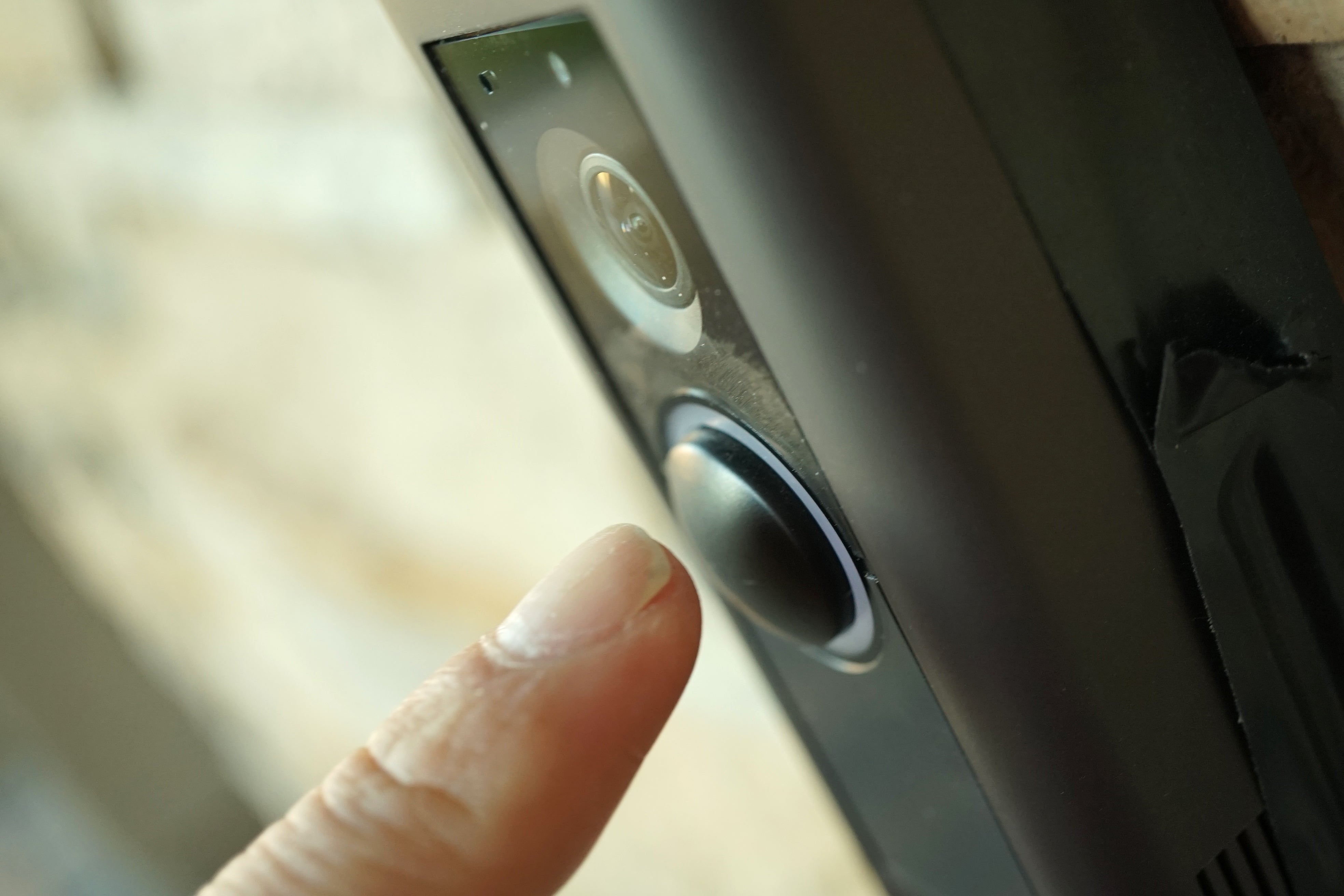Amazon Ring working on doorbells that detect people by their skin and smell
One patent also mentions a ‘Neighborhood Alert Mode’ that could create a ‘storyboard’ of images for people ‘bugging’ the residents

Your support helps us to tell the story
From reproductive rights to climate change to Big Tech, The Independent is on the ground when the story is developing. Whether it's investigating the financials of Elon Musk's pro-Trump PAC or producing our latest documentary, 'The A Word', which shines a light on the American women fighting for reproductive rights, we know how important it is to parse out the facts from the messaging.
At such a critical moment in US history, we need reporters on the ground. Your donation allows us to keep sending journalists to speak to both sides of the story.
The Independent is trusted by Americans across the entire political spectrum. And unlike many other quality news outlets, we choose not to lock Americans out of our reporting and analysis with paywalls. We believe quality journalism should be available to everyone, paid for by those who can afford it.
Your support makes all the difference.Amazon’s Ring cameras may be able to detect people by their smell, according to new patents the company submitted.
Ring’s internet-connected doorbells would also be able to scan neighbourhoods and identify “suspicious” people based on their skin texture, gait (walk) and voices.
The cameras do not have facial recognition, but the company has 17 patents for features that use the technology.
One patent, Insider reports, mentions a “Neighborhood Alert Mode” that would send an alert to other neighbours after a user share a picture or video of someone found suspicious that prompts other doorbells to start recording – even if the person does not come up to their doorbell.
The biometric information mentioned includes palm, finger, retina, iris, skin texture, typing, gait, voice, and "odour recognition". Skin and odour recognition will most likely require new sensors or hardware.
This would be able to create "a series of ‘storyboard’ images for activity taking place across the fields of view of multiple cameras for situations such as a “guy was going around the neighborhood asking about a lost dog” and “bugging” the residents.
Another patent, awarded in March this year, proposes that pushing a doorbell would start audio and video recording, while also capable of "fingerprint recognition, eye recognition, voice recognition, and facial recognition".
Amazon did not respond to a request for comment from The Independent before time of publication but told Insider: "Ring does not have facial recognition technology nor biometrics in any of its devices or services. Patents filed or granted do not necessarily reflect products and services that are in development."
This year, a person using a Ring doorbell was found to have “unjustifiably invaded” the privacy of their neighbour by using the device.
"Personal data may be captured from people who are not even aware that the device is there, or that it records and processes audio and personal data," Judge Melissa Clarke said in her judgement.
Amazon said that customers must "respect their neighbours’ privacy, and comply with any applicable laws when using their Ring device”.
The shopping giant has filed extreme patents in the past, most infamously a drivable cage for warehouse workers.
Amazon’s Ring service has been criticised in the past for developing a private surveillance network. In 2019, it was found to have partnered with more than 400 police forces across the United States, with Ring providing training to the police to get users to hand over their footage.
Join our commenting forum
Join thought-provoking conversations, follow other Independent readers and see their replies
Comments